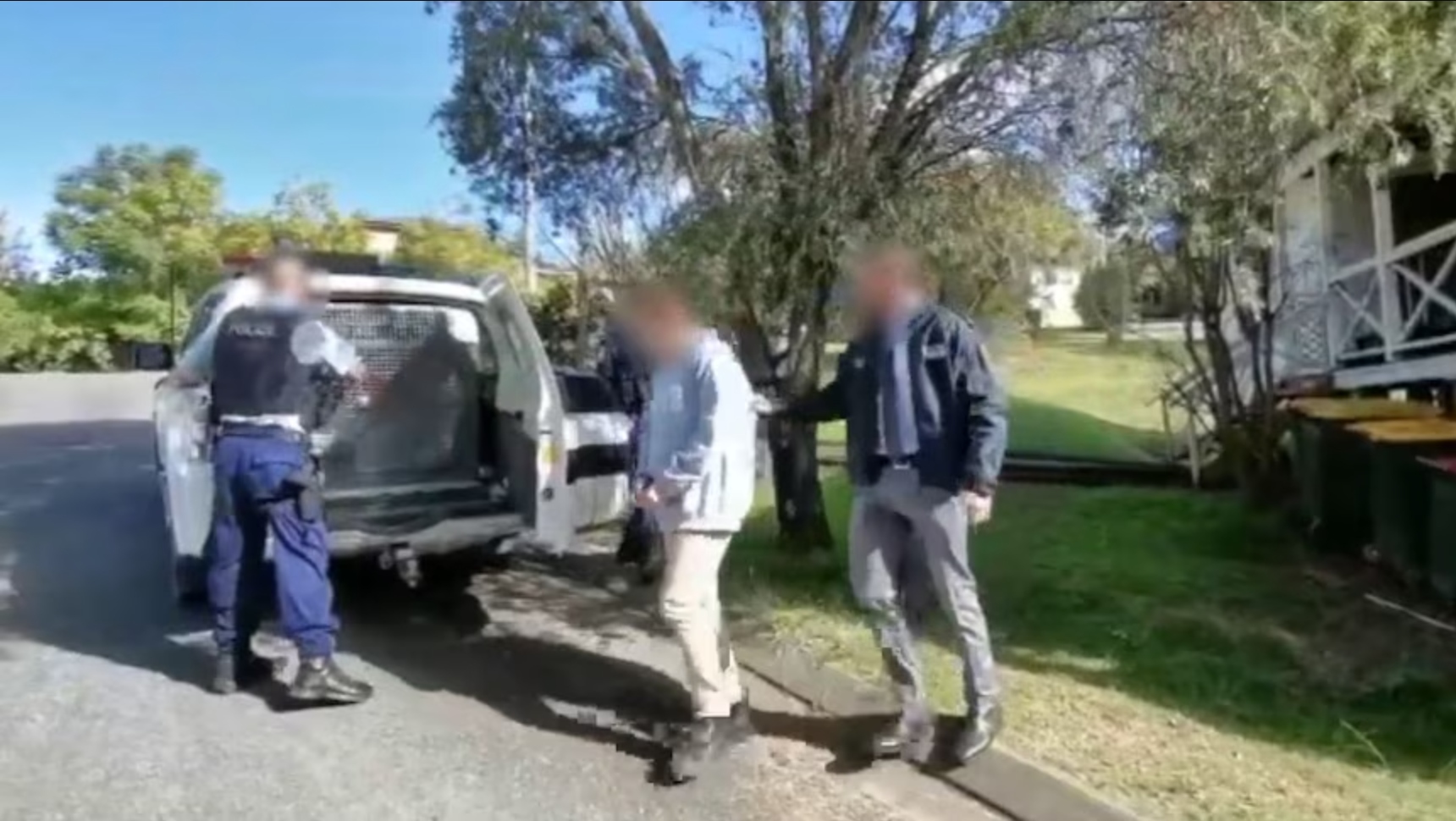
Growing calls to cap second-highest ever student debt indexation; HECS debt to rise by 4.8% in June

by CHRISTINE LAI
Over 2.9 million Australian students are increasingly concerned following the Australian Bureau of Statistics’ (ABS) release of high inflation figures, indicating a 4.8 per cent rise in their HECS debt as a result of indexation.
Wednesday’s quarterly data from the Australian Bureau of Statistics reported a notable 3.6 per cent inflation rise by March 31, primarily fuelled by a 5.9 per cent upsurge in education expenses. HECS/HELP loan repayments are intricately tied to indexation, determined by comparing Consumer Price Index (CPI) data from the last four quarters to the previous year.
The CPI plays a crucial role in determining the annual increase in HECS-HELP and other student debts, which occurs on June 1st. This index tracks changes in consumer goods costs, revealing that although inflation in Australia has slowed, it hasn’t subsided enough to mitigate the ongoing cost of living crisis.
Although the Australian Taxation Office (ATO) is still in the process of finalising its calculations for this year, today’s inflation data suggests that the indexation rate is expected to hover around 4.7-4.8 per cent.
This anticipated rate would be the second-highest surge since 1990, second only to last year’s 7.1 per cent rise. While lower than last year’s increase, this uptick still signifies a significant jump from 2021, when indexation was only 0.6 percent.

Image Source: ATO
Individuals with the average Australian student debt of $26,494 will expect to owe an additional $1272 or more by June 1st. Additionally, Australian students can expect a 5.9 percent increase in education costs.
By the 2022-23 financial year, Australians collectively held a staggering $78.2 billion in HELP debt.
Greens Critique of Rising Interest Rates
Senator Mehreen Faruqi, the Deputy Leader of the Greens and their education spokesperson, criticised the trajectory of rising interest rates.
She pointed out that despite the Greens’ calls for action, the Labor party did not act to shield students from significant debt increases last year.
Faruqi emphasised the urgency of addressing the impending indexation hike expected in June, urging against further delay.
“Under the Albanese Labor government, rent has soared by 20% and student debt increased by a whopping 16.62%. Labor isn’t giving young people a chance, at all”.
“Anything less than scrapping indexation in the May budget is a betrayal to students. It is obscene that Labor is making billions off students while handing big subsidies to the climate wrecking fossil fuel industry”, Senator Faruqi said.
The Greens are advocating for the elimination of student debt, asserting that education should not burden individuals with debt.
Their campaign proposes abolishing indexation and erasing all student debt, while also advocating for free access to TAFE and university for everyone.
Insights into Australia’s Largest Student Debts and Voluntary Repayments
Last year, the Australian Tax Office (ATO) released the country’s 100 largest HELP/HECS debts through a Freedom of Information request.
The top-ranking debt amounted to $737,000, with the second highest at $495,990. Each of the top 10 debtors carried balances surpassing $300,000.
During the financial year 2023, almost three million Australians burdened with student debt owe the government a collective sum of $78 billion.
ATO statistics revealed that Australians made a historic $2.9 billion in voluntary HECS/HELP repayments during the 2022–2023 financial year. This marked a significant increase from the previous year’s $780 million as individuals sought to avoid indexation.
Where can I locate my HECS debt?
Individuals can access their HECS debt online via the ATO website or the myGov app.
To do so, you’ll first need to create a myGov account and link it to the ATO.
In the myGov app, navigate to the Services icon and select the Australian Taxation Office from the menu.
Within the ATO section, locate the Loan accounts segment and tap the view button.
The displayed balance represents your outstanding debt.
Indexation applies to all higher-education loan schemes, including:
· Higher Education Loan Program (HELP)
· VET Student Loan (VSL)
· Student Financial Supplement Scheme (SFSS)
· Student Start-up Loan (SSL)
· ABSTUDY Student Start-up Loan (ABSTUDY SSL)
· Trade Support Loan (TSL)
The official indexation rate is slated for release early next month, coinciding with the budget presentation on May 14th.










Leave a Reply